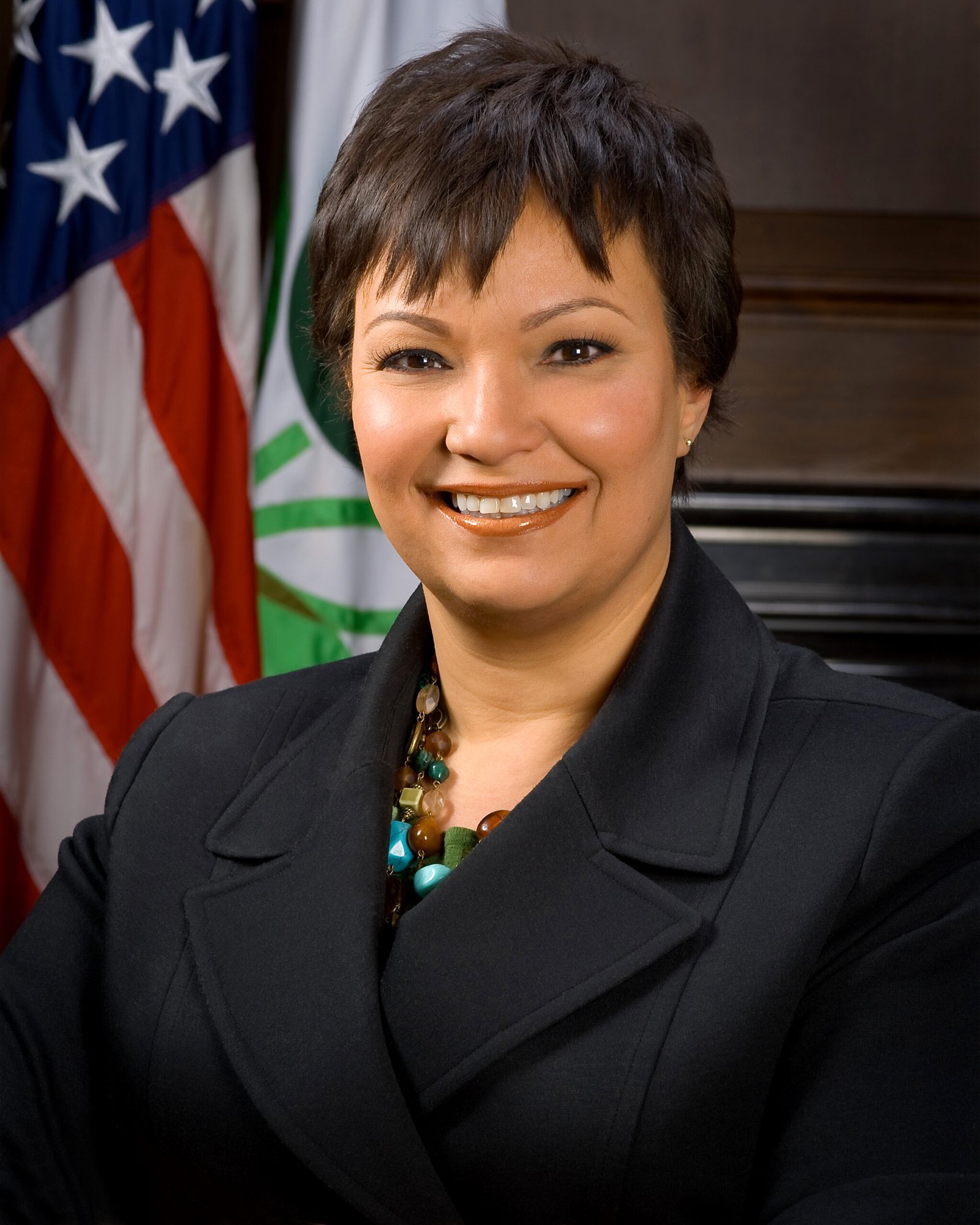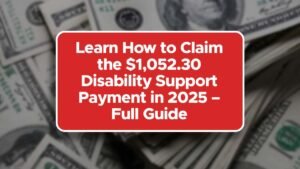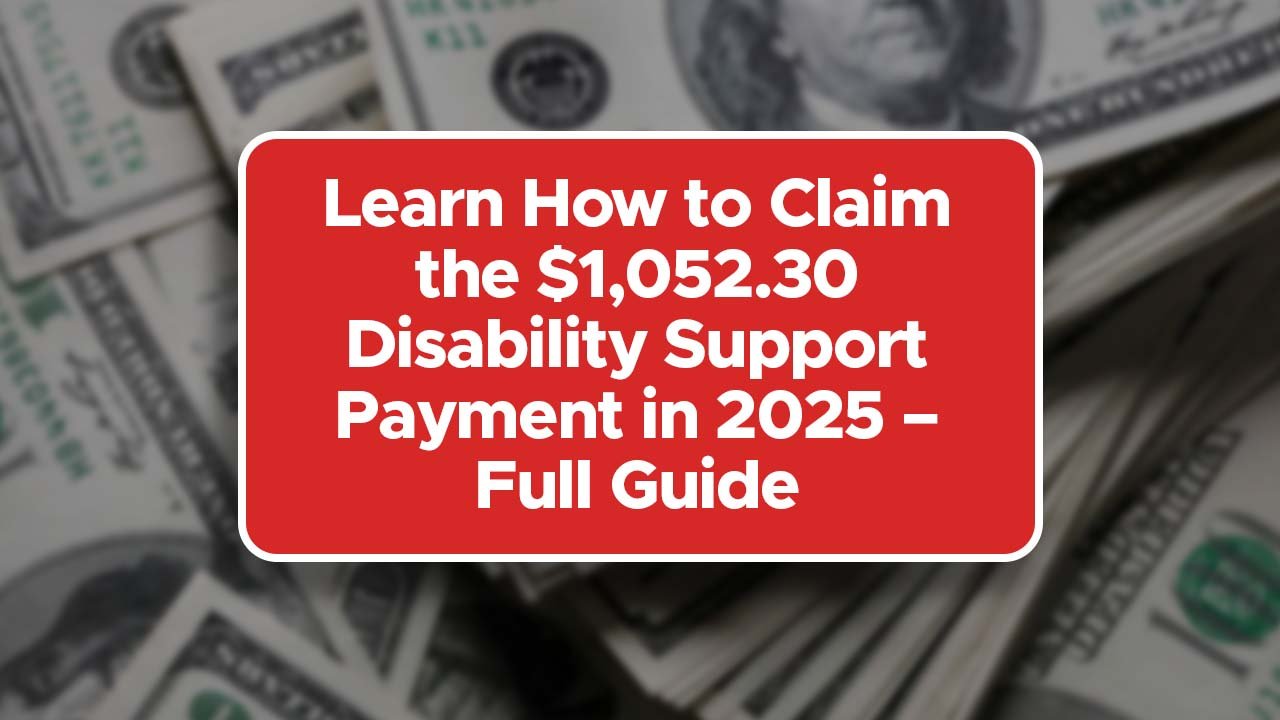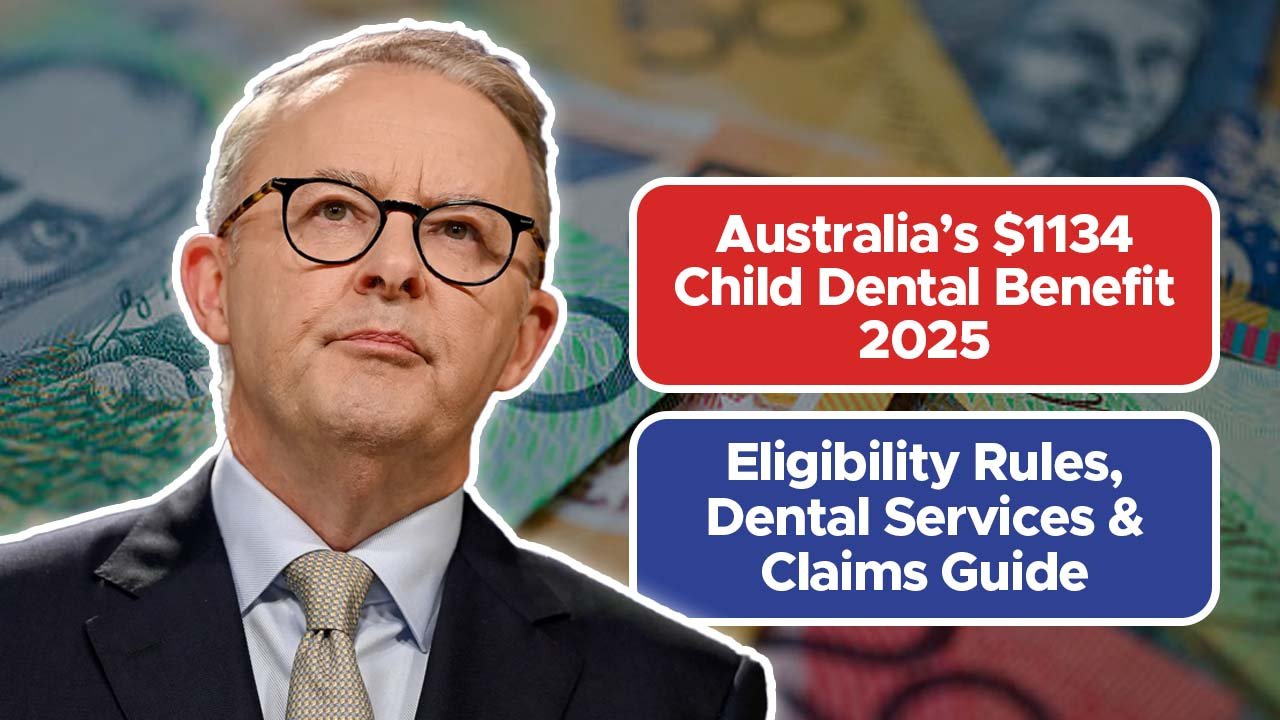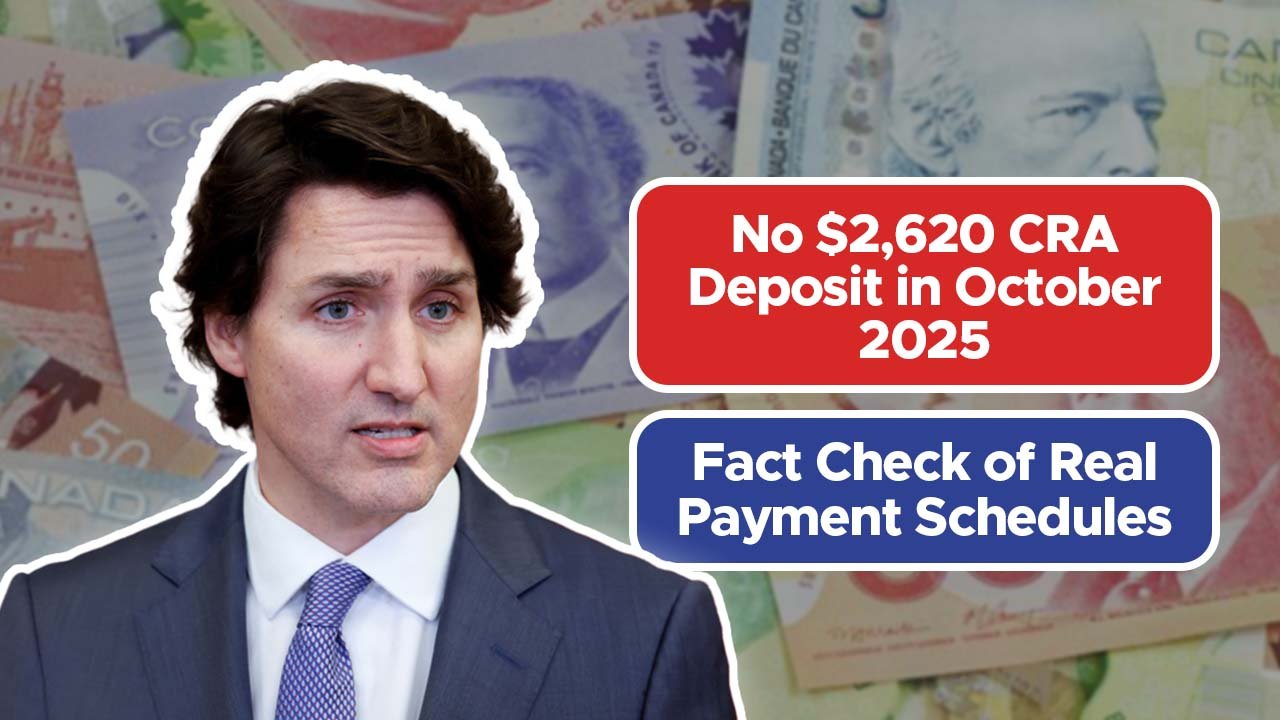As part of cost-of-living relief and increases to the age pension, Centrelink payments of $385 and $1,555 will automatically be paid to eligible Australians this October. Here’s what to know, including the basics on applications, eligibility, and answers to some frequently asked questions.
Who Gets Australia’s October Centrelink Payments?
Due to the recent measures introduced by the government, there are more Australians eligible for Centrelink payments to help with the increased cost of living. Eligible recipients, who will include seniors on the Age Pension, caregivers, people with disabilities, low-income families, and jobseekers, will receive increased payments in October 2025. Current estimates suggest earning recipients will receive $385 in one-off bonus payments and $1,555 in ongoing payment support based on the Age pension eligibility criteria.
Payment Schedule and Automatic Processing
The new rates will be in effect from the first full pension payment after October 1, 2025, which means payment for the fortnight will be in the first half of October. For the majority of recipients, no additional steps will be required to receive the new payment rates, as payment will be made automatically. Notifications will be made through myGov or the Express Plus Centrelink App.
Application and Eligibility Criteria
Without previously receiving payments and benefits, individuals should apply online with myGov and Services Australia and enter personal and financial information. Eligibility includes residency status, the type of current Centrelink benefits, and income/asset tests. Just sustaining an eligible payment status gets you cost-of-living bonuses, including the $385 one-off payment. The $1,555 sum applies to recipients of the boosted Age Pension after indexation adjustments.
Impact of Payment Increases
Inflation, as well as other costs of housing, healthcare, and groceries, have risen. The increases intended to balance this out, with each of the recipients of the full Age Pension expected to received the monthly increases of up to $1,555 and an annual total increase of as much as $3,600. Other part-pensioners and payment recipients of different categories will be impacted as well, each according to qualifying status.
How to Check Your Payment Status
Australians can track their payment dates, amounts, and payment history securely through their Account on myGov or the Express Plus Centrelink app. Real-time notifications and personalized information on scheduled payments and status of eligibility are provided to users. This includes authorizations of new payments. Users must complete the online application or associated paper forms and provide all required documents.
| Payment Type | Amount (AUD) | Notes |
|---|---|---|
| Cost-of-living Bonus | $385 | One-off, automatic for eligible |
| Age Pension Increase | $1,555 | Monthly, auto for current recipients |
Avoiding Scams and Staying Updated
As fraudsters try to take advantage of new payments, Australians are reminded that Centrelink will never ask for your banking details in unsolicited calls, emails, or messages. For your safety, only access Centrelink through official government portals, and report any suspicious contact straight away.
FAQs
Q1: Who qualifies for the $385 or $1,555 payment?
Any Australian resident currently receiving eligible Centrelink payments (eg. Age Pension, Disability Support, JobSeeker, Carer Payment) will qualify, and will be assessed for the payment through the income/assets tests.
Q2: Do I need to apply for these payments?
There’s no application needed for payments to existing recipients as these will be automatic. New applicants will need to apply through myGov or Services Australia.
Q3: When will I receive my payment?
Payments will be released in early October, 2025, in line with the regular Centrelink payment schedule and will continue to be issued in the regular payment cycles.
